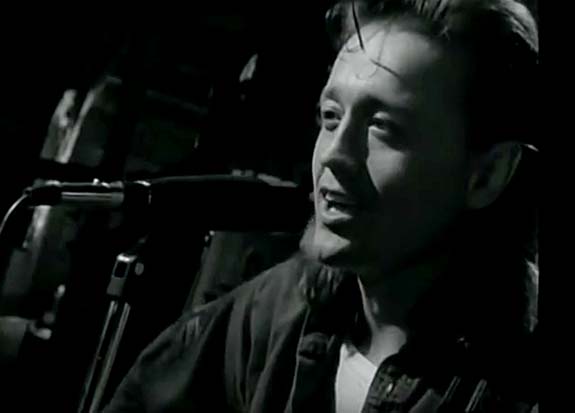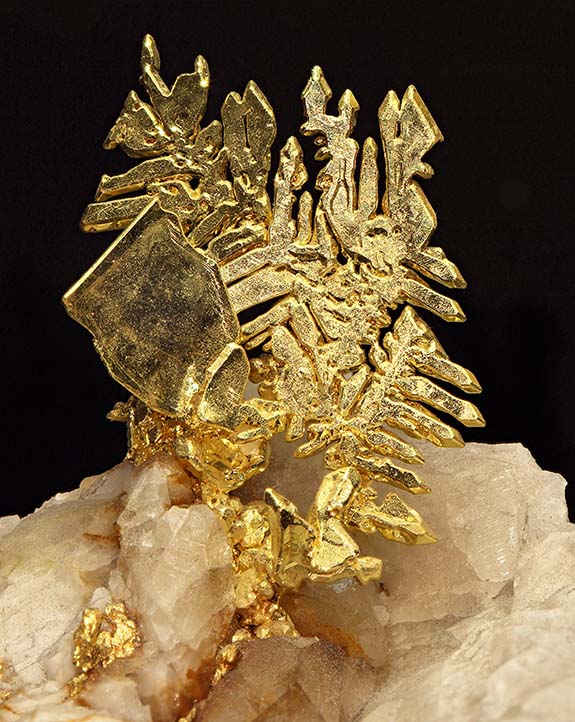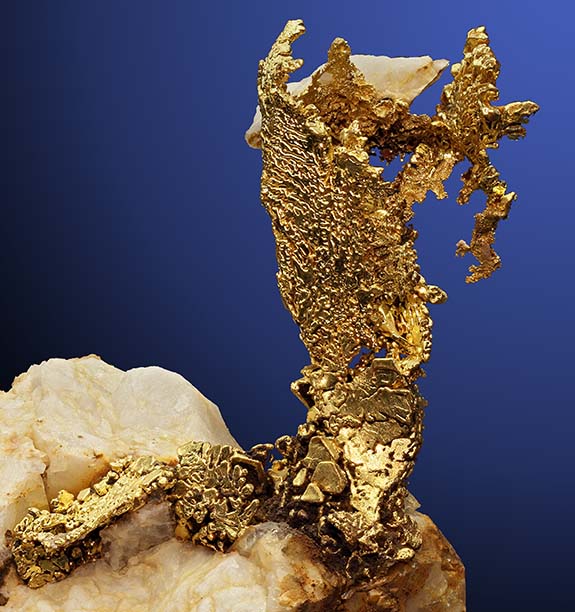Welcome to Music Friday when we bring you fun songs with jewelry, gemstones or precious metals in the title or lyrics. Today, country star Mark Collie's 1990 ditty, "Something With a Ring to It," tells the story of a guy who's been getting the cold shoulder from his girlfriend. She's got "diamonds in her eyes" and wants to take their relationship to the next level. He's got to make a commitment or risk losing her.

In the song, Collie explains that his "baby's playing hard to please" and he's pretty sure he knows why.
He sings, "She wants something with a ring to it / Like a church bell makes / Like a pretty white gown to wear / And some vows to take / She wants something with a ring to it / I think I understand / I'll have to put a ring on her finger / If I want to be her man."
Collie told SongFacts.com about the unusual origin of the song. He and Aaron Tippin had been struggling writers "kicking around Nashville trying to get a door open." One day, Tippin flippantly said, "We need to write something with a ring to it." Collie said, "OK." And the off-hand remark became the basis of the song.
The team originally wrote the song for country legend George Strait, but when he declined, the head of MCA Nashville, Tony Brown, advised Collie to record it himself and make it his debut single.
The song became the second track of Collie's debut album, Hardin County Line, and was covered two years later by Garth Brooks on his 1992 album, The Chase.
Born in Waynesboro, Tenn., in 1956, George Mark Collie is a singer, songwriter, musician, actor, producer and fundraiser for Type 1 diabetes research. He has released five albums, and 16 of his singles have hit the U.S. Billboard Hot Country Songs chart.
Please check out the official video of "Something With a Ring to It." The lyrics are below if you'd like to sing along...
"Something With a Ring to It"
Written by Mark Collie and Aaron Tippin. Performed by Mark Collie.
My baby's playing hard to please
And I think I figured out what it is she wants from me
'Cause when I holder her close
When we go out at night
I can hardly see the moonlight
For the diamonds in her eyes
She wants something with a ring to it
Like a church bell makes
Like a pretty white gown to wear
And some vows to take
She wants something with a ring to it
I think I understand
I'll have to put a ring on her finger
If I want to be her man
My baby did but now she don't
And if I don't say I do it's a safe bet that she won't
Love me like she used to
When our love began
Why the only way to change her tune
Is with a wedding band?
She wants something with a ring to it
Like a church bell makes
Like a pretty white gown to wear
And some vows to take
She wants something with a ring to it
I think I understand
I'll have to put a ring on her finger
If I want to be her man
She wants something with a ring to it
Like a church bell makes
Like a pretty white gown to wear
And some vows to take
She wants something with a ring to it
I think I understand
I'll have to put a ring on her finger
If I want to be her man
She wants something with a ring to it
If I want to be her man
Credit: Screen capture via YouTube.com.





